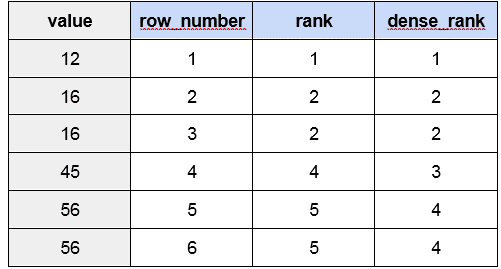


2015) will provide huge data sets containing information on galaxy positions at high redshift. 2002), LSST (LSST Science Collaboration et al. 2008), eBOSS (eBOSS Collaboration 2016), BigBOSS (Schlegel et al. 2011), DESI (DESI Collaboration 2016), HETDEX (Hill et al. In a few years, large-scale surveys like Euclid (Laureijs et al. From a theoretical perspective, it is crucial to distinguish between different models and determine which of them provide the closest approximations to the observed data. Different models have been introduced, which rely on cosmological parameters like the Hubble constant, the primordial scalar spectral index, and matter abundances. Methods: statistical, surveys, galaxies: statistics, cosmological parameters, large-scale structure of Universe 1 INTRODUCTIONĪn important task of cosmology is to study the composition and evolution of the Universe. The main result of this paper is that the windowing and the bin cross-correlation induce a considerable change in the forecasted errors, of the order of 10–30 per cent for most cosmological parameters, while the redshift bin uncertainty can be neglected for bins smaller than Δ z = 0.1 roughly.
Redshift window functions how to#
Here, we show how to take into account these effects and what the impact on forecasts of a Euclid-type experiment will be. The third effect, in contrast, is negligible for infinitely small bins. The first two effects are negligible only in the limit of infinite surveys. Here, we improve upon the standard method by taking into account three effects: the finite window function, the correlation between redshift bins and the uncertainty on the bin redshift. Most of the forecasts for cosmological parameters in galaxy clustering studies rely on the Fisher matrix approach for large-scale experiments like DES, Euclid or SKA. anycodings_amazon-redshift For both a join or a subquery, make sure anycodings_amazon-redshift that you have an index on (store_id, anycodings_amazon-redshift event_datetime).The Fisher matrix is a widely used tool to forecast the performance of future experiments and approximate the likelihood of large data sets. The correlated subquery might perform anycodings_amazon-redshift better since it pre-aggregates the data. If this functionality is not available, anycodings_amazon-redshift then I cannot see another option that a anycodings_amazon-redshift join or a correlated subquery: selectĪnd t1.event_datetime >= t.event_datetime - interval '1 hour' RANGE BETWEEN 3600 PRECEDING AND 1 PRECEDING It if anycodings_amazon-redshift does, this should be as simple as: SELECT I am unsure whether Redshift yet anycodings_amazon-redshift supports the range window clause. Any suggestions on how anycodings_postgresql to achieve this? There are several million anycodings_postgresql events in the table so any improvements anycodings_postgresql would be very useful! This query takes forever as it is a cross anycodings_postgresql join and results in a cartesian product anycodings_postgresql between the tables. ON prevevents.event_datetime BETWEEN (m.event_datetime - interval '1 hour') AND Is there any way to do this? anycodings_postgresql Otherwise I have to join the table to itself anycodings_postgresql like: SELECT In order to get the 5 preceding events at anycodings_postgresql the store, but I need this number to be anycodings_postgresql variable to the total number of events in anycodings_postgresql the past hour.

ROWS BETWEEN 5 preceding and current row) I know I can run a anycodings_postgresql query like: SELECTĬOUNT(event_id) OVER (PARTITION BY store_id ORDER BY event_datetime I have a table with columns similar to: anycodings_postgresql event_id, store_id, event_datetime.įor each event, I am trying to figure out anycodings_postgresql how many events happened at the same store anycodings_postgresql in the previous hour.


 0 kommentar(er)
0 kommentar(er)
